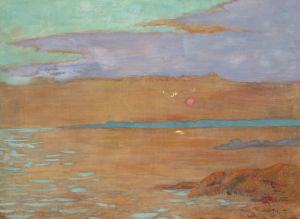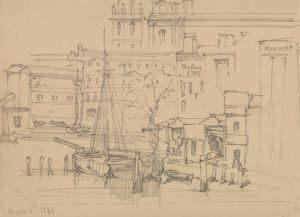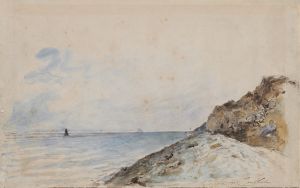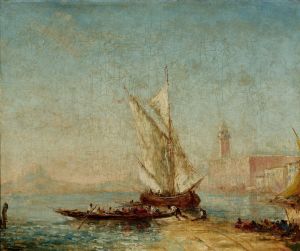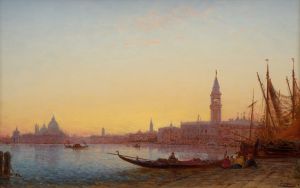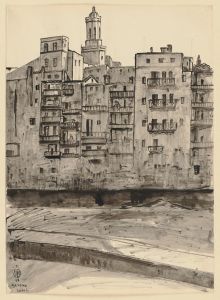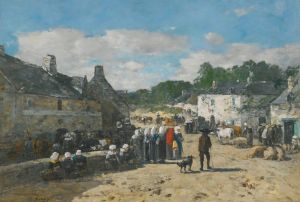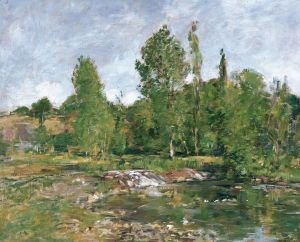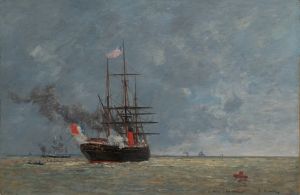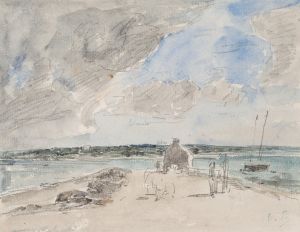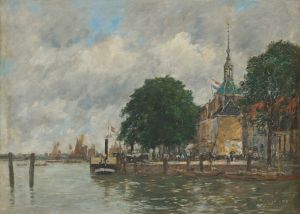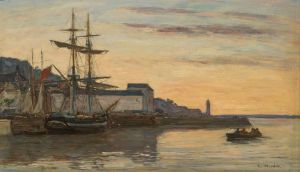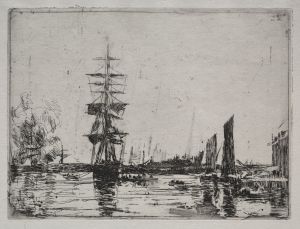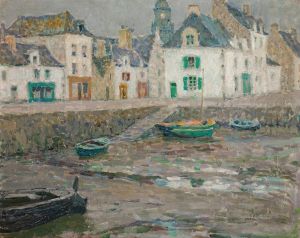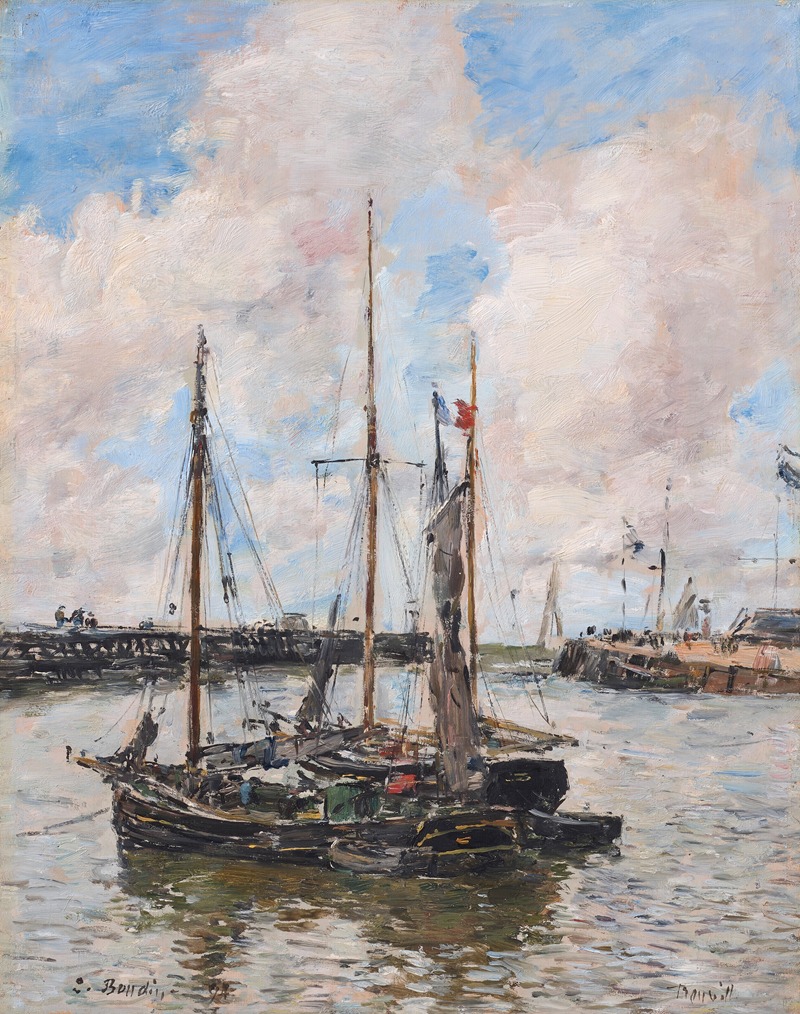
L’entrée du port de Trouville
A hand-painted replica of Eugène Boudin’s masterpiece L’entrée du port de Trouville, meticulously crafted by professional artists to capture the true essence of the original. Each piece is created with museum-quality canvas and rare mineral pigments, carefully painted by experienced artists with delicate brushstrokes and rich, layered colors to perfectly recreate the texture of the original artwork. Unlike machine-printed reproductions, this hand-painted version brings the painting to life, infused with the artist’s emotions and skill in every stroke. Whether for personal collection or home decoration, it instantly elevates the artistic atmosphere of any space.
"L’entrée du port de Trouville" is a painting by the French artist Eugène Boudin, created in 1870. Boudin is often regarded as one of the precursors of the Impressionist movement, known for his masterful seascapes and beach scenes. This particular painting depicts the entrance to the port of Trouville, a coastal town in the Normandy region of France.
Eugène Boudin was born on July 12, 1824, in Honfleur, a town close to Trouville. His early exposure to the sea and maritime life significantly influenced his artistic career. Boudin's works are celebrated for their atmospheric effects and his ability to capture the transient qualities of light and weather.
"L’entrée du port de Trouville" exemplifies Boudin's skill in portraying marine environments. The painting features a view of the port's entrance, with boats and ships navigating the waters. The sky, a crucial element in Boudin's compositions, dominates the scene, filled with dynamic clouds that suggest a breezy day. The water reflects the sky's colors, creating a harmonious balance between the sea and the heavens.
Boudin's technique involves loose brushstrokes and a keen observation of natural light, which he uses to convey the scene's mood and atmosphere. His palette typically includes soft blues, grays, and whites, which he employs to depict the ever-changing sky and sea. This approach aligns with the principles of the Impressionist movement, which sought to capture the fleeting effects of light and color.
The port of Trouville was a popular subject for Boudin, as the town was a fashionable seaside resort during the 19th century. It attracted many visitors, including artists and writers, who were drawn to its picturesque scenery and vibrant social life. Boudin's depictions of Trouville and its surroundings contributed to his reputation as a painter of coastal landscapes.
Boudin's work had a significant influence on the development of Impressionism. He was a mentor to Claude Monet, one of the movement's leading figures. Monet admired Boudin's ability to paint en plein air (outdoors) and his dedication to capturing natural light. This mentorship played a crucial role in Monet's artistic development and the broader Impressionist movement.
"L’entrée du port de Trouville" is housed in the Musée d'Orsay in Paris, which holds an extensive collection of 19th-century art. The museum's collection includes several works by Boudin, showcasing his contributions to the art world and his role in the transition from Realism to Impressionism.
In summary, "L’entrée du port de Trouville" by Eugène Boudin is a significant work that highlights the artist's mastery of marine landscapes and his influence on the Impressionist movement. The painting captures the essence of the port of Trouville with its dynamic sky, reflective waters, and the bustling activity of boats, all rendered with Boudin's characteristic attention to light and atmosphere.





